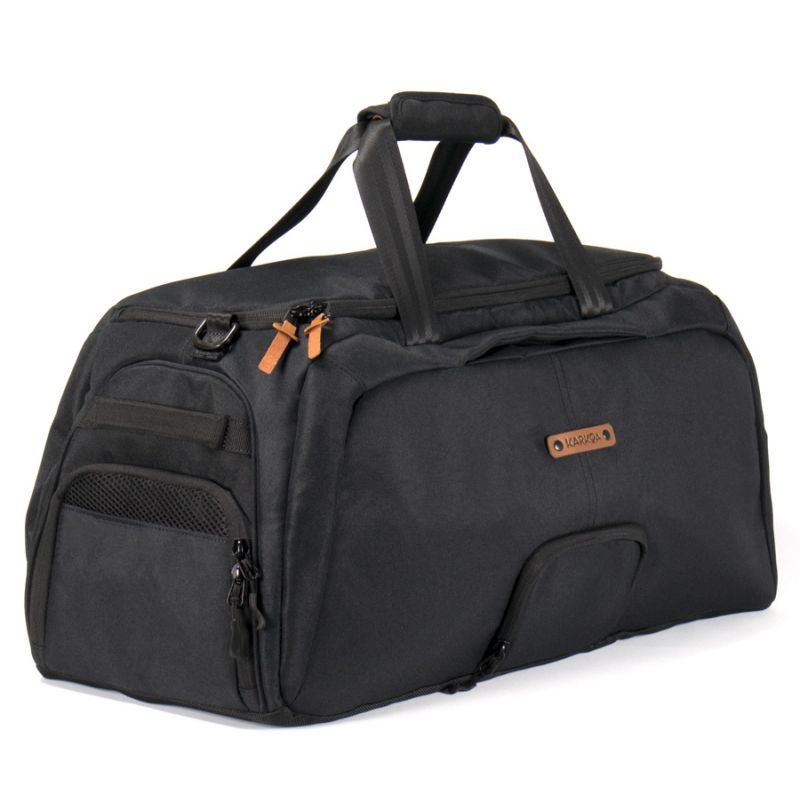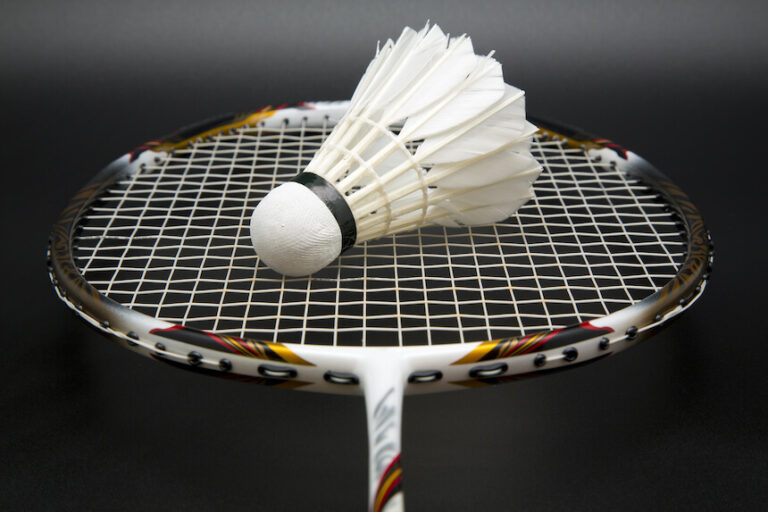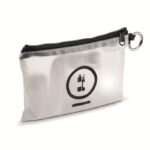Through repetition, the swimmer becomes aware of his or her movements and transforms corrections into automatisms. The right movements then come naturally. The advantage of swimming lessons is that they can improve any part of the stroke. All movements are naturally involved, as well as breathing, propulsion, gliding and coordination.
The role of swimming instructors
The role of swimming instructors is to help swimmers improve their technique.
Swimming drills are exercises based on breaking down the movement. The aim is to show the perfect stroke and highlight the faults that need to be corrected to achieve it. Learning drills are of great benefit to beginner swimmers, who generally have a fairly low level of technique. But they are also very useful for experienced swimmers, showing them their faults and the way to improve their technique still further.
Leaning and positioning in the water are one of the main focuses of these lessons. The swimmer will gradually become aware of his different supports in the water and his position. By repeating the exercises, they will be able to correct and improve them so as to reduce the resistance they offer in the water and glide more easily. They will also learn to optimise their movements so that they are more efficient and save energy. All these exercises will help him to correct his faults when he swims a full stroke.
It’s important that training doesn’t consist solely of drills. One or two short-distance drills at the start of the workout after the warm-up will be more effective. After that, the aim will be to do a series of full swims, incorporating the technical points worked on during the drills.
We’re going to take a look at some of the most common swimming techniques for the front crawl, breaststroke and butterfly.
Types of crawl training
Closed fist crawl
The aim of this exercise is to improve your footing on the water. All the work is based on propulsion sensations. By swimming with your fists closed, you reduce the surface area of the hand in the water and completely break the support.
The exercise consists of compensating for the reduced support surface with the forearm, which plays an important role in traction. We don’t necessarily realise this when we swim normally and this exercise will highlight the role of the forearm.
By alternating closed fist and open hand series, the sensations of propulsion and traction will be much more developed and will contribute to an improvement in performance.
Caught Crawl
This seemingly simple exercise can be complicated to carry out.
The pulling movement with the submerged arm cannot begin until the opposite arm has completed its aerial return. As in a relay, the immersed arm must remain tense and immobile until the two hands come together. When the two hands touch, the previously immobile arm comes into action.
The aim of this exercise is to synchronise the arms with the breathing. This must be done at the end of the pull and the transition between the two arms must be fluid, without pause or dead time. Each arm movement is isolated and decomposed and the obligation to make the hands touch forces the swimmer to correct his position.
A very complete exercise, it is suitable for swimmers of all levels. It works on coordination, breathing and propulsion.

Finger Crawl
For this exercise, rather than reaching far before entering the water, the elbow is bent and the fingertips skim the surface up to the point of immersion. This makes it easier to relax the arm and reduce the energy required for this movement.
Shoulder to head crawl
As the arm returns through the air, the thumb of the hand touches the shoulder and then the top of the head before entering the water. Here again, you need to learn to relax your arm as much as possible during this return movement.
Whip Crawl
This time, it’s the pushing arm that works. At the end of the push phase of the submerged arm, the movement is accelerated to whip the surface and send water into the air. This is a good way of improving propulsion.
Thigh touch
The “thigh touch” or “back catch” technique isolates the movement of each arm. One arm stays alongside the body while the other performs a crawl movement, pulling as hard as possible in the water. When the moving arm reaches thigh level, it stops and it’s the other arm’s turn to move.
This exercise is more complicated than the “front catch” and is best reserved for experienced swimmers. During this exercise, the body loses all stability. Sheathing is very important and you will also need to increase your stroke rate to prevent your body sinking into the water. The use of a pull-buoy can help the swimmer to stabilise initially.
Swimming with a pull-buoy between your ankles
Placed between the ankles, the pull-buoy will keep the swimmer’s legs at the surface of the water. In this way, you can concentrate your efforts on your upper body while maintaining a good position in the water.
The muscles of the arms and shoulders, as well as the abdominal and back muscles, will be particularly hard at work. Ideal for toning, this exercise is not recommended for swimmers with back problems.
Swim with a board between your knees
Holding the board between the knees forces the swimmer to immobilise his whole lower body. You can then concentrate on your arm movements and your position in the water. Without kicking, any imbalance in the body will be amplified. If the board causes resistance, it’s because the rotation of the pelvis may not be synchronised with that of the shoulders.
Arms at your sides
A common fault with crawl swimmers is that they breathe by lifting their chin and therefore moving their head. This movement disturbs the body’s balance and reduces the efficiency of propulsion.
Swimming with your arms alongside your body will help you learn to keep head movements to a minimum. It’s the body that has to make the rotation and the head, which has to remain in line, will only accompany this movement. As the arms stay back, it won’t be possible to turn the head to take a breath. You’ll therefore need to work on rotating your body to breathe effectively while keeping your body aligned.
3 bonus educational crawls in this video
Types of breaststroke training
Breaststroke legs and breathing with a kickboard
Learning the breaststroke is often complex because of the different, but coordinated, movements of the arms and legs, and breathing.
Swimming with a kickboard eliminates the need to move your arms and improves your buoyancy. You can then concentrate on the movement of your legs on the one hand, and on your breathing on the other. Breaststroke uses active exhalation. Exhaling underwater is deep and continuous, until the lungs are completely emptied of air. At the end of the exhalation, a breaststroke movement with the legs allows you to lift your chest out of the water to take a deep breath with your mouth open. Active exhalation takes on its full meaning at this point, because if there is any air left in the lungs, inspiration will be less effective and you will quickly run out of breath.
Breaststroke with pull-buoy
As with the front crawl, the pull-buoy will help the legs to stay on the surface. The swimmer can then concentrate on his position and work on his arm movements and breathing.
50% breaststroke
This exercise should be performed at the start of a breaststroke length. It involves performing a complete breaststroke movement (arm pull and leg movement) underwater. This allows you to cover a longer distance using less energy and to save precious seconds on the stopwatch.
The aim is to improve the sinking movement and optimise the link-up with the first breaststroke movement on the surface.
Breaststroke with double pours
In double casting, the aim is to perform the complete casting movements twice in succession in order to emerge from the water as far as possible.
This exercise can be done at every turn and is best reserved for experienced swimmers. Beginners risk not breathing enough.
Types of backstroke education

One-armed back
The aim of this exercise is to develop body rotation and make the swimmer feel its effects. With each movement on the back, the body passes to the side, pivoting around its axis. This provides support on the body’s axis, which is much more effective than on the side, and reduces resistance by releasing the shoulder from the water when the arm returns.
This educational programme is open to swimmers of all levels.
Two-armed back
The focus here is on optimising arm movement to improve propulsion. A pull-buoy can also be used, placed between the thighs. This ensures that the legs remain buoyant and the swimmer can concentrate on arm movements.
Swim with a pull-buoy between your ankles or a board between your knees
Using a pull-buoy or a board will allow swimmers to concentrate on aligning their body and optimising their position in the water. The aim is to reduce the resistance encountered in the water and optimise movement for greater efficiency and less energy expended.
Caught vertically
This exercise has two aims: to work on propulsion from the arms and leg movements and to improve coordination.
One arm performs the movement while the second is vertical. After a slow rest on the water comes an accelerated propulsion movement. The aerial return is done without a pause, so as not to lose speed. When the arm that performed the movement is also vertical, the other arm performs the movement in turn.
Types of butterfly education

Underwater ripples
The exercise should be performed at a depth of around one metre. The undulations are performed using the pelvis and as little of the upper body as possible. The aim is to make as few movements as possible to cover the greatest distance.
This training is particularly important for working on the flow phases in both butterfly and crawl.
Ripples with board
This form of swimming involves creating undulations to propel yourself. The swimmer uses a board to ensure buoyancy, free himself from arm movement and lock the upper body. The aim is to improve propulsion through leg movement.
One-armed butterfly
By simplifying the butterfly movement, this educational tool helps you learn and work on movement synchronisation. The aim is to successfully synchronise the butterfly movements and get your buttocks out of the water with each movement.
The ideal swimming bag
To get you to your swimming training session, Karkoa’s pool bags will meet your expectations perfectly. Compartmented, chic and practical, they’ll let you carry your stuff in complete safety.
















